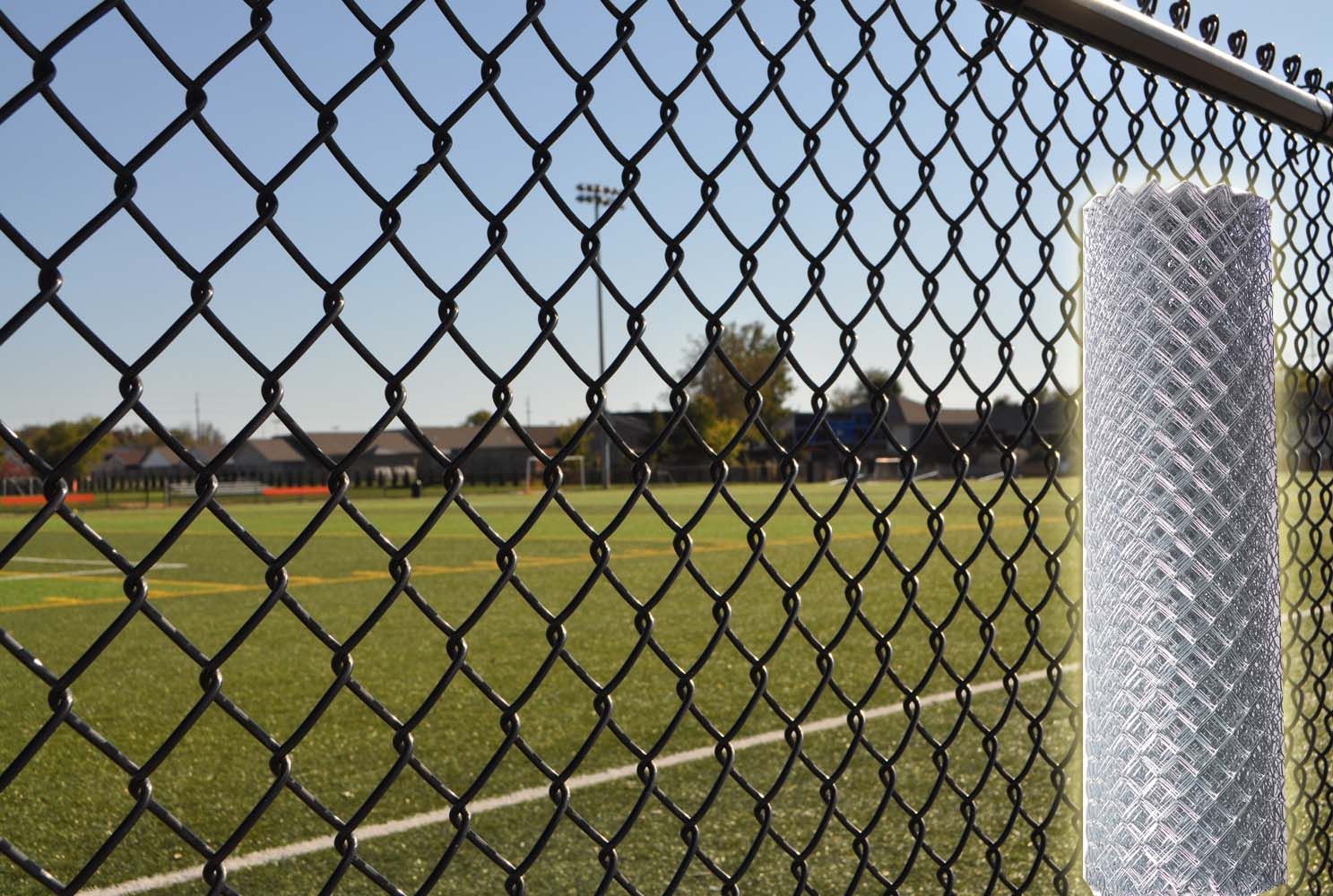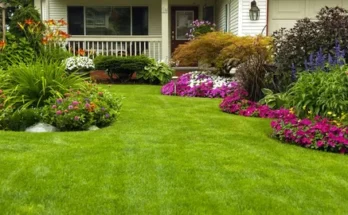Gone are the days when cattle farmers settled on stringing up barbed wire to mark off their pastures. These days, a new era of wire fencing is striking the perfect balance between durability, safety, and aesthetics. Modern wire fencing options include woven, welded, and mesh wire panels in different gauges for different animal sizes.
Wire deer fencing is as versatile as it is economical. It can be electrified to intensify boundaries–keeping livestock in or predators out. Wire fencing comes in many different sizes, from large enough to protect a pasture full of cattle to small enough for backyard chickens. Let’s take a closer look at the advantages of using wire fencing.
Wire Makes Fence Installation Easier
Erecting and mending fences can be challenging, back-breaking labor. Many wire fencing products offer a quicker, easier installation than traditional post and board fences. Still, there are dozens of different ways to use wire fencing. Ultimately the installation will be as easy or tedious as you make it.
No two fences are the same. The size of the fenced area and the animal(s) on your property will determine how big, how strong, and how tall your fence needs to be. You can use traditional wood posts set in concrete, but the main selling point for an easy installation is the flexibility to use t-posts instead.
A t-post is essentially a steel post with an anchor at the bottom. When buried at an appropriate depth, the anchor eliminates the need for setting a post into concrete. These posts are lighter and easier to handle, plus there is no need to pre-dig post holes.
Wire Offers an Affordable Fencing Option
Traditionally, wood is the material of choice for high-quality pasture fencing. There’s just one problem: wood is expensive. Wood fencing can be cost-prohibitive for installation and a drain on the wallet for upkeep. Wood rots – even weather-treated wood eventually succumbs to the weather exposure. And if not, the horses and goats will gnaw on it.
This is where wire fencing saves the day. It provides a lower-cost alternative. A weather-treated wood fence post can average about $40. By comparison, a t-post is about $6 to $8. And that’s just the posts. Depending on the gauge, a 100-foot roll of mesh wire fencing is around $200 or less. Covering that same fence length with three rungs of pressure-treated 2×12 boards will cost more than $1,200.
Even if you choose to use wood posts and a wood top board for stability and visibility, wire fencing is a more affordable fencing option all the way around.
Visibility
Tension wire gets a bad rep for visibility. But if you opt for mesh wire fencing, especially coated panels, wire fencing can easily be adapted for high visibility. Why is that important? If you’re raising horses, you already know.
Spooked livestock instinctually run. It’s the flight or fight response at its finest. If a predator is stalking your herd, a high visibility fence will keep everyone safe. You can increase visibility with powder-coated wire mesh panels or the addition of a wood board runner and wood posts during construction.
Durability
While wire doesn’t rot like wood, it does deteriorate from environmental exposure. The good news is that wire fencing is generally reasonably durable. You can expect at least two decades out of most wire fencing products with the proper care. Galvanized steel and powder-coated steel options can extend the lifespan of your fencing, helping it resist corrosion.
If you’re using a mesh panel, look closely at how the panels are assembled. A woven mesh panel will probably stand up to the demands of livestock much better than welded wire panels. Does that mean that welded wire is bad? Not necessarily. There is something to be said about the quality of the welds.
However, if you’re raising goats, keep in mind these guys climb. The bottom rungs of your mesh panels will take some abuse, and some say that welded wire just doesn’t hold up for them.
Versatility
One of the best properties of wire fencing is the freedom to customize the look and configuration to fit almost any need. The same panels that keep livestock contained in pastures can provide a nice-looking dog run in a residential neighborhood.
Many wire panels come in various colors, gauges, styles, and finishes. You can opt for a coated top wire to add visibility while saving money on galvanized wire for the rest of the fence. Or you can combine wood posts with wire panels for enhanced durability, adding one or two strands of hot wire or barbed wire to the top for larger animals prone to fence leaning.
Parting Advice for Using Wire Fencing Around the Farm
There are dozens of materials on the market for fencing. The products you choose should ultimately be tailored to fit your specific needs. Wire fencing is gaining popularity due to its durability, versatility, and genuinely affordable nature. Wire fencing can be suitable for nearly every type of application ranging from chickens to cattle, agricultural, and residential. If you’re looking for a fencing option, wire fencing in all its iterations deserves serious consideration.




